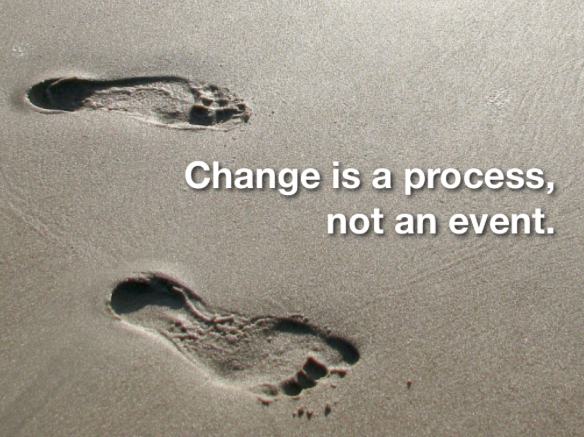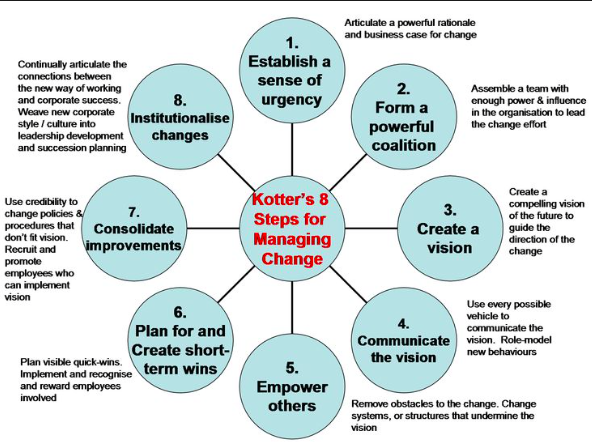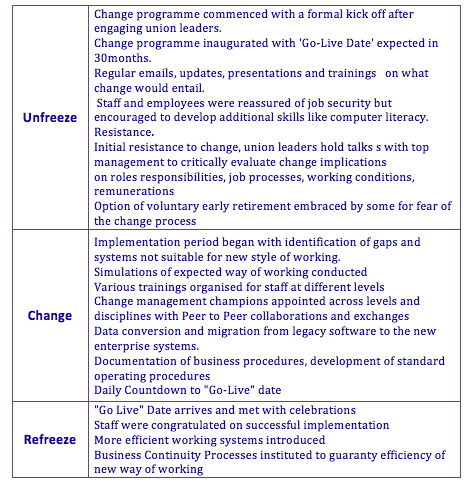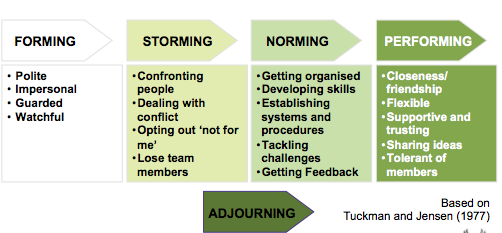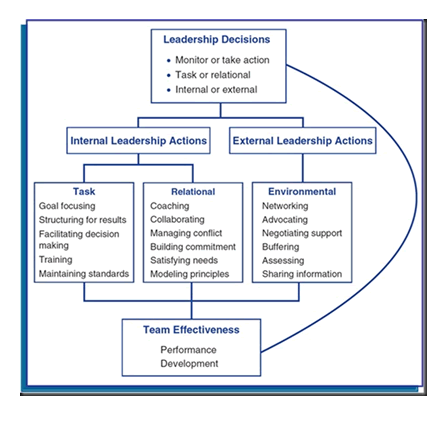Leadership is lifting a person’s vision to high sights, the raising of a person’s performance to a higher standard, the building of a personality beyond its normal limitations. —Peter Drucker
As I sit to write the final in my 5 part series on Leadership, i reflect on the topics discussed. The interactions and comments in response to the posts have been helpful. For this, i thank my ardent readers. M005 has provided me with a platform to reflect on my vision of leadership and I have become very resolute to improve my leadership skills.
In the last ten weeks, I have often had to question my leadership skills – what sort of leader I am presently and in what direction do my leadership skills lead. My learning environment and context have also provided the opportunity to develop in several areas of leadership. In week 4, using the Belbin framework, my personality profile exercise identified me as a Teamworker. It showed that I am comfortable under my skin as a Coordinator or as a Team Player. In another exercise with the Identity Compass®, it identified that i have strong traits as an influencer but additionally, i like to work in groups than on my own. In pursuit of my leadership objectives, I realise that I need to focus on working independently, to be able to take decisions on my own without requiring affirmation or validation from others. I remember that once, during a team exercise a colleague challenged me but replied that i preferred participative leadership as a style. Perhaps this explains my preference for the genuine laissez faire type of leadership in my 3rd blog (Remi-John 2016). It is interesting that majority of respondents to my blog were opposed to the laissez faire leadership style. I have since replied in comments to explain my views. Because of the ambiguities regarding that style of leadership i have chosen to promote transformational leadership in further discourse.
Feedback from the personality profile exercises above is in line with feedback from coursemates. I have been told that I foster teamwork and provide guidance on tasks. This is positive. On the other hand, an improvement area is leaving room for team members to air their own views in class. I have taken note of this and have since made conscious efforts to become a better person. Having noted the feedback and my areas of improvement, the question arises….
Why Would Anyone Be Led by Me?
The opening quote, the header in the post captures my vision of leadership. Three verbs in the quote by Drucker() – ‘lifting’, ‘raising’ and ‘building’ describe my leadership philosophy. Leadership uplifts and elevates. Leadership is a ‘doing’ word. Juxtaposing Bass (1990), I would like to present myself as a transformational leader. Notice that this has been a recurring theme in my previous posts.

A Transformational Leader i admire

My choice transformational leader is Oprah Winfrey. She demonstrates the four elements of transformational leadership as illustrated in the table below.
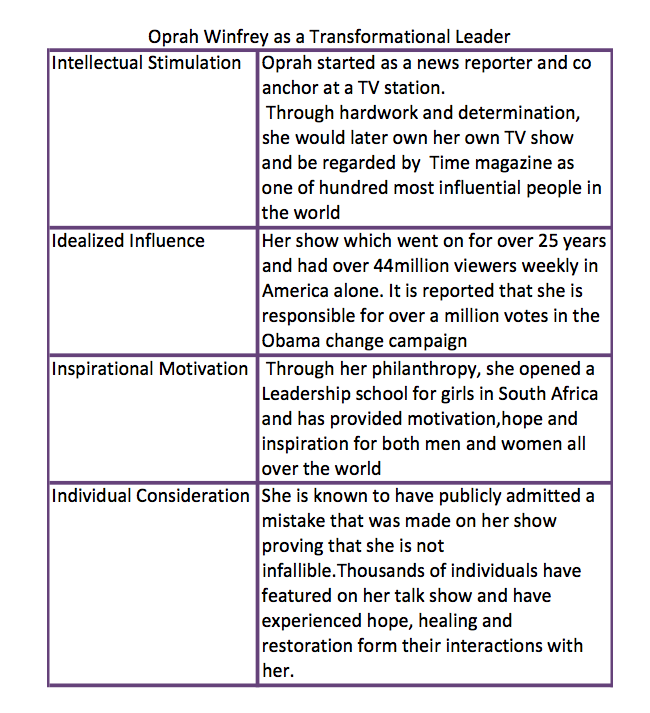
I realize that the leadership journey is continuous. I may not be the perfect transformational leader yet but i am certainly a better leader than i was ten weeks ago. I am motivated by the fact that leaders are made and not born. According to Bass(1990) a transformational leader elevates. A transformational leader is passionate and through passion and charisma he connects emotionally with his followers and wields power and influence. Transformational leadership requires a high activity level. It is impossible to achieve transformational leadership in a passive way. I am often challenged by this requirement A transformational leader must not withdraw from his protégés. He must be willing to ‘labour in love’ until the transformation is complete. At the risk of sounding sentimental as a woman myself, studies show that women are more likely to be transformational than men who tend to be transactional (Eagly et al 2003). Additionally studies have also been established that women, though currently under-represented as senior managers are more effective as leaders in the few position they occupy. Women have been seen to be better managers in the areas of people relationships and communication. (Zinger 2012)
As i return to the business world after my MBA i hope to contribute to the statistics of successful female transformational leaders. I will focus on the elements of transformational leadership as listed above, taking into consideration my improvement areas as earlier pointed out . I shall also remember to develop the much needed skills in assertiveness which i have noted in my personal development plan.
THE END
References
- Bass, B. (1990) “From Transactional To Transformational Leadership: Learning To Share The Vision”. Organizational Dynamics 18 (3), 19-31
- Eagly, A., Johannesen-Schmidt, M. and van Engen, M. (2003) “Transformational, Transactional, And Laissez-Faire Leadership Styles: A Meta-Analysis Comparing Women And Men.”. Psychological Bulletin 129 (4), 569-591
- Folkman, Z. (2012) “A Study In Leadership: Women Do It Better Than Men”. Real Women, Real Leaders: Surviving and Succeeding in the Business World [online] available from <http://onlinelibrary.wiley.com/store/10.1002/9781119207573.oth2/asset/oth2.pdf?v=1&t=imjfetqv&s=65acbf40a7588a20e4845ef48b2cfe29706c302d> [2 April 2016]
- Remi-John, A. (2016) “Analysis Of Leadership”. [ 2016] available from <https://wordpress.com/post/culcjohna10.wordpress.com/799> [2 April 2016]

